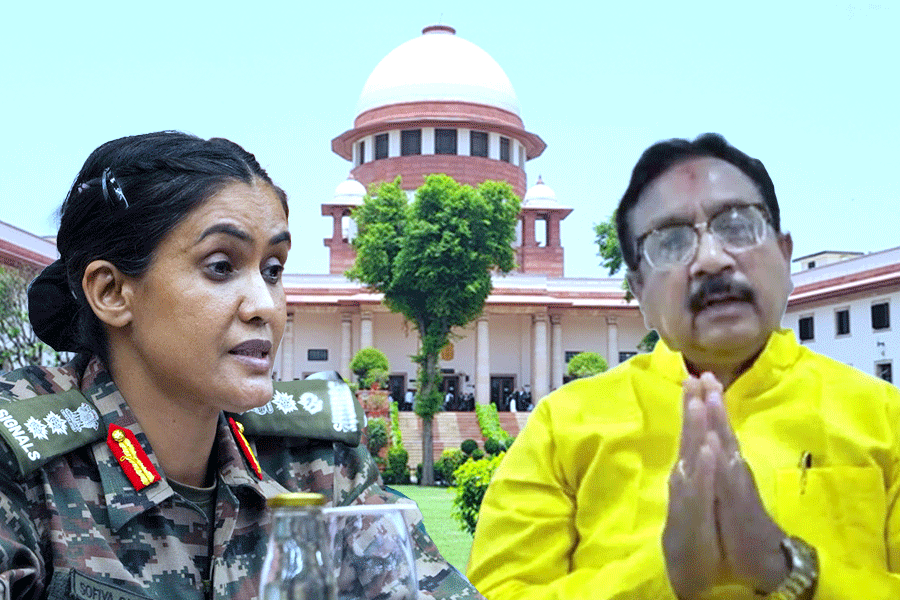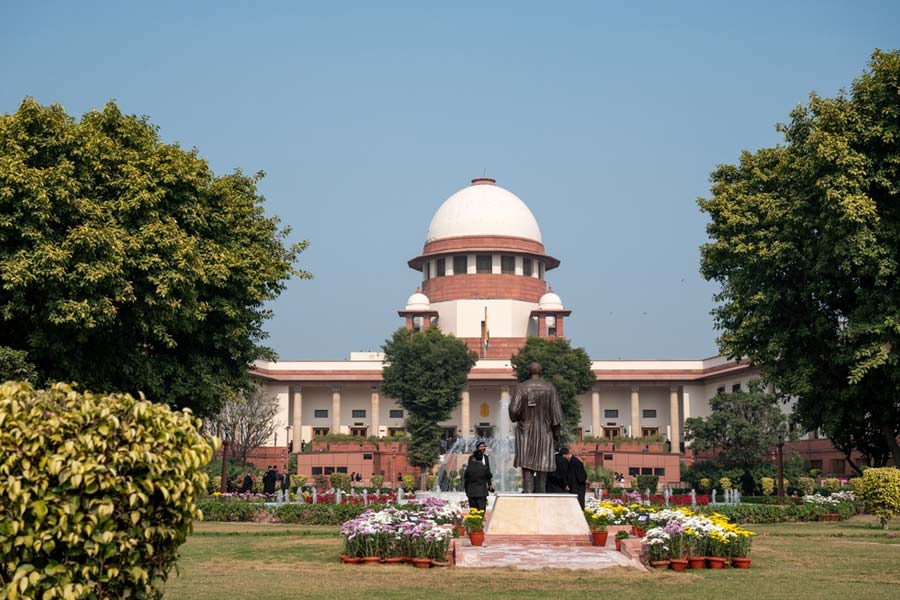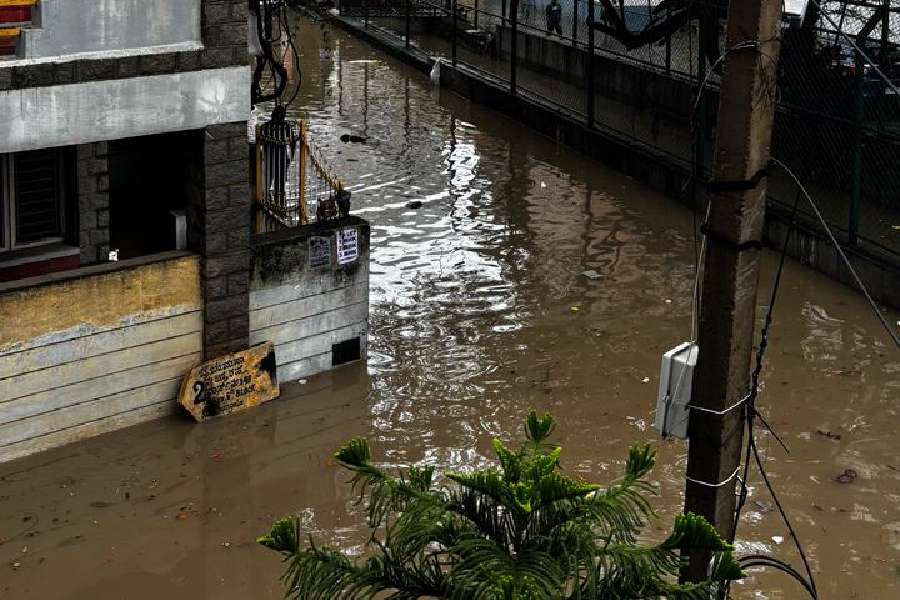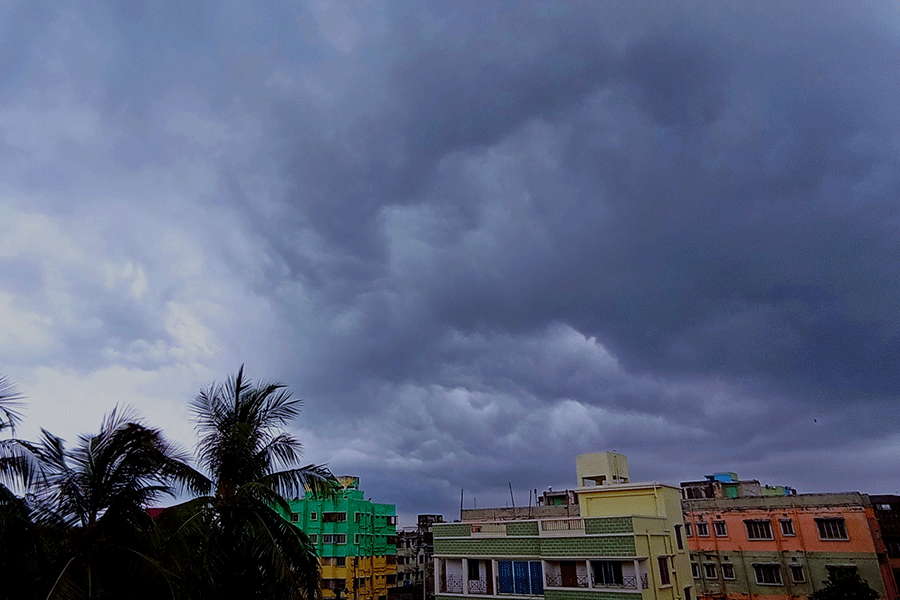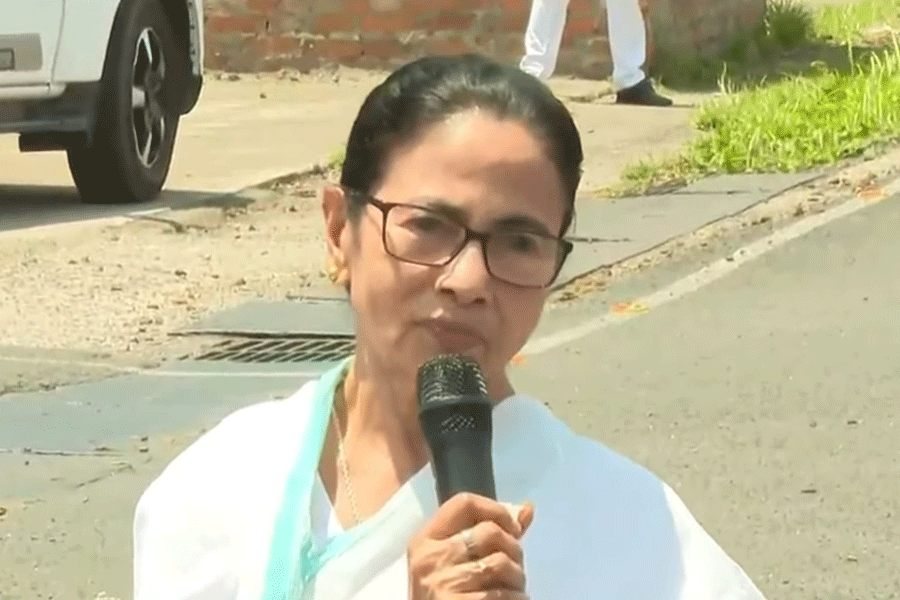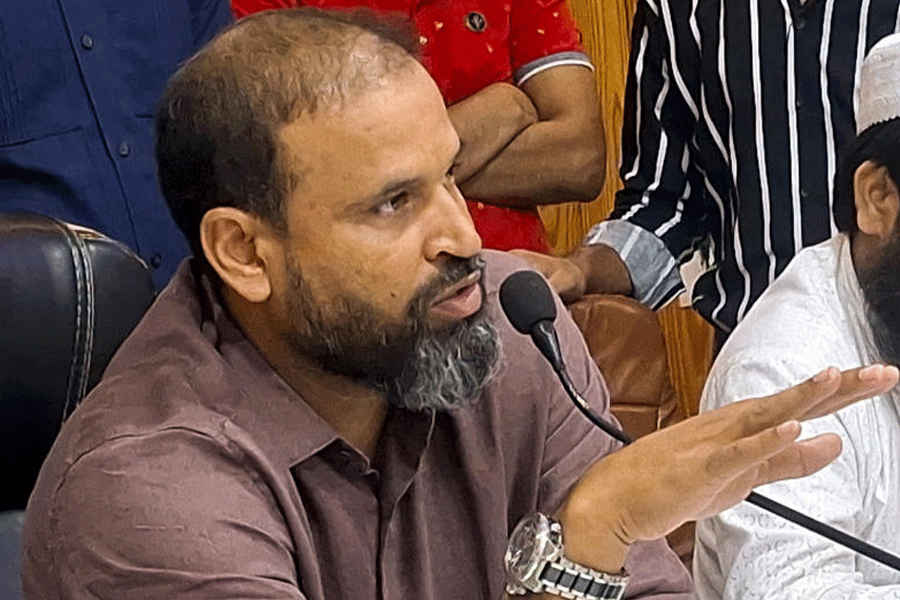 |
Rajendra Sharma (69) disciplines a cow with a stick as he pauses to admire his wheat crop in Jehanabad district.
“Ab yahan woh sab nahi hota hai. (Now those things do not happen here),” he says when asked about the bloody massacres that used to rock the district till the late 1990s.
“People have calmed down a lot. Par tewar abhi bhi wohi hai. (But anger still rages among people). Yes, caste wars exist but in a different form. The ballot has replaced bullets and it will show in this election,” Sharma said.
Jehanabad, around 55km south of Patna, has seen more blood than most other districts.
Once considered the most violent of districts in Bihar, the war between upper caste landlords, who had ganged up to form the Ranvir Sena, and lower caste Dalits, backed by the Maoists, triggered around 18 massacres between the late 1970s and early 2000s. This included the infamous Laxmanpur-Bathe carnage in which the Ranvir Sena massacred 58 Dalits on December 1, 1997.
The year 1999 saw two more massacres — one in Senari in which 35 landlords were killed and the Shankar Bigha bloodbath in which 23 people from lower castes were killed.
Almost 15 years later, caste wars have assumed a different form. With the district going to the polls on April 17, the clash is between the two major castes — Bhumihars and the Yadavs.
At a busy roundabout in Jehanabad, Munna Singh (40), a local businessman and a Bhumihar, is an angry man.
“We have been insulted by Nitish. He broke the alliance with the BJP. So long as the alliance was there, the Bhumihars voted for former MP Jagdish Sharma. Now that the alliance is over, the scene has changed,” Singh told The Telegraph.
With Jagdish Sharma convicted in a fodder scam case, the JD(U) has now fielded Anil Kumar Sharma, chairman-cum-managing director of the Amrapali group of companies, and the richest candidate from Bihar, with assets worth Rs 850 crore.
He is a Bhumihar too. “You know, if Nitish had been in the BJP and Narendra Modi had not existed, we would still have voted for the JD(U). NaMo is a factor, yes. But in Jehanabad, he is secondary. The alliance was more important. Over here, the fight is between the Bhumihars and Yadavs,” Avinash Kumar, another businessman, said.
Another Bhumihar in the fray is the Rashtriya Lok Samata Party’s Arun Kumar. The RLSP is in alliance with the BJP. The RJD has fielded Surendra Prasad Yadav, a bahubali (strongman) and sitting MLA from the Belaganj constituency in Gaya.
In the 2009 Lok Sabha election, Jagdish Sharma had defeated Yadav by just 21,327 votes. The fight this time would be mainly between the RLSP’s Arun Kumar and the RJD’s Surendra Prasad Yadav. Muslims traditionally vote for the RJD and the party can expect 99 per cent of Muslim votes. The JD(U) will not have a major impact on how Muslims vote. The Modi factor, though secondary, will benefit the RLSP. Advantage to RLSP would also be because the LJP has joined the NDA.
Bhumihars comprise 14 per cent of the voter population and Yadavs 19 per cent, Muslims are 7 per cent and Paswans 6 per cent. The Rajputs, Kushwahas and Kurmis form 5 per cent, 8 per cent and 3 per cent of the voters, respectively. The other castes form 21 per cent of the population.
So, the mathematics of caste seems to favour Arun Kumar of the RLSP. The RJD would need to get other backward caste votes to do well. The JD(U) could end up third. “But the contest will be very close and tough,” says an RJD member in Jehanabad.
At Masaar village, some 30km from Jehanabad town, Chandeshwar Sao (65), a retired schoolteacher, said residents knew about the “Dilli Maharaaj” Narendra Modi.
“Our village doesn’t have Bhumihars or Rajputs. We have been hearing a lot about Narendra Modi for quite some time now. It isn’t that Nitish Kumar has not done a good job but then the Congress government has bled people out. I think we should give Modi a chance. We have started calling him Dilli Maharaj now as we know he will win,” he said.
Even at Bishunpur village, dominated by Bhumihars, Arun Kumar seems to have an edge. “His father, Brij Nandan Sharma, is a senior leader of government teachers’ association and has helped many people. It is surprising that once Jagdish Sharma was debarred, Nitish overlooked his son, sitting Ghosi MLA Rahul Sharma, and gave the ticket to Anil Kumar Sharma. Now, Anil might be a Bhumihar, but he is contesting for the first time. Moreover, he is a big industrialist and they don’t do much good once they get power,” said Ghanshyam Singh (47), a farmer.
Sources said Rahul was even thinking of switching over to the BJP but Nitish kept him hanging and ultimately chose Anil. “Nitish had to choose Anil. The man has set up so many units in the state,” said Suresh Kumar Singh, another villager at Bishunpur.
Back in the city, Anil Sharma’s motorcycle rally is passing by. But he has competition also from one more Bhumihar, AAP candidate Chandra Bhushan Sharma, a retired principal of the SS College here.
The fight, this time, however, is not with weapons. “Here the ballot will speak,” says Sambhu Singh, who owns a grocery store.
l Jehanabad votes on April 17


